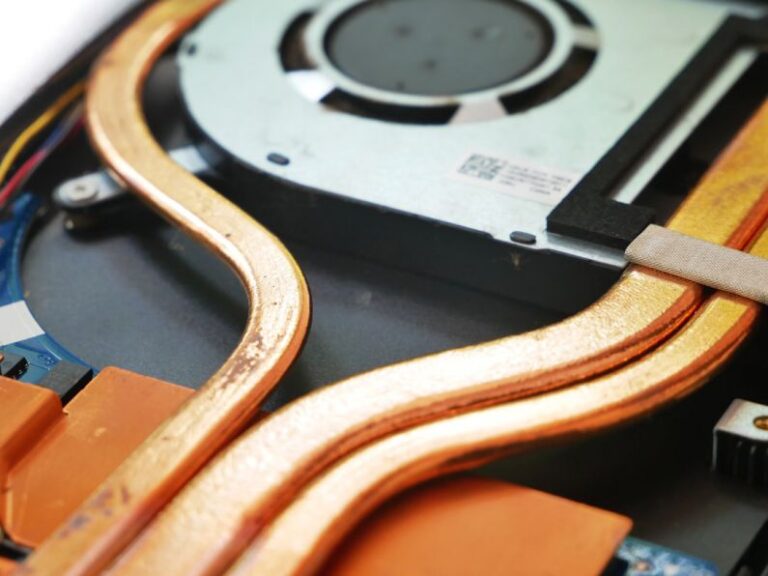Advantages of Using Cad/cam in Tube Production
In the ever-evolving landscape of manufacturing, the integration of technology has revolutionized production processes across industries. Computer-Aided Design (CAD) and Computer-Aided Manufacturing (CAM) are two such technologies that have significantly impacted the tube production sector. By combining the precision of design software with the efficiency of automated manufacturing processes, CAD/CAM has brought about a paradigm shift in the way tubes are fabricated. In this article, we will explore the myriad advantages of using CAD/CAM in tube production and how it has streamlined operations, enhanced product quality, and improved overall productivity.
Enhanced Design Capabilities
CAD software enables engineers and designers to create intricate and complex tube designs with unparalleled precision. The flexibility of CAD tools allows for easy modifications and iterations, ensuring that the final design meets all requirements and specifications. By leveraging CAD, manufacturers can visualize the tube design in a 3D environment, enabling them to detect potential issues or interferences early in the design phase. This not only reduces the likelihood of errors but also accelerates the design process, leading to faster time-to-market for new tube products.
Seamless Integration with CAM
Once the tube design is finalized using CAD software, CAM takes over to translate the digital design into physical components. CAM software generates toolpaths and instructions that guide the manufacturing equipment in producing the tube according to the design specifications. The seamless integration between CAD and CAM ensures that there is minimal room for errors or discrepancies between the design intent and the final product. This streamlined workflow eliminates the need for manual intervention and reduces the likelihood of human error, resulting in higher accuracy and consistency in tube production.
Optimized Production Processes
CAD/CAM software optimizes production processes by automating repetitive tasks and reducing lead times. With CAD/CAM, manufacturers can simulate the entire manufacturing process, identifying potential bottlenecks or inefficiencies before production begins. This proactive approach allows for process optimization, resource allocation, and scheduling adjustments to ensure maximum efficiency and productivity. By streamlining production workflows, CAD/CAM minimizes downtime, maximizes machine utilization, and ultimately leads to cost savings for tube manufacturers.
Improved Product Quality
One of the most significant advantages of using CAD/CAM in tube production is the enhancement of product quality. The precision and accuracy offered by CAD/CAM technology result in tubes that meet the highest standards of quality and consistency. With CAD/CAM, manufacturers can achieve tight tolerances, smooth surface finishes, and accurate geometries that are essential for demanding applications. By leveraging advanced simulation and analysis tools, manufacturers can identify and rectify potential quality issues before production, ensuring that only high-quality tubes reach the market.
Enhanced Flexibility and Customization
CAD/CAM technology provides tube manufacturers with increased flexibility and customization options to meet the diverse needs of customers. Whether it’s creating unique designs, adapting to changing market demands, or addressing specific customer requirements, CAD/CAM enables manufacturers to quickly pivot and adjust their production processes. With CAD/CAM, manufacturers can easily incorporate design changes, explore different configurations, and tailor products to individual customer preferences, providing a competitive edge in the market.
Increased Competitiveness and Innovation
By embracing CAD/CAM technology in tube production, manufacturers can stay ahead of the curve and remain competitive in a rapidly evolving industry. The efficiency, accuracy, and flexibility offered by CAD/CAM enable manufacturers to innovate and introduce new tube products to the market faster than ever before. This ability to adapt to changing market dynamics and customer preferences positions manufacturers as industry leaders, driving growth and profitability in a highly competitive landscape.
In conclusion, the advantages of using CAD/CAM in tube production are undeniable. From enhanced design capabilities and optimized production processes to improved product quality and increased competitiveness, CAD/CAM technology has revolutionized the way tubes are manufactured. By adopting CAD/CAM, tube manufacturers can unlock a world of possibilities, drive innovation, and deliver high-quality products that meet the demands of today’s dynamic market.






